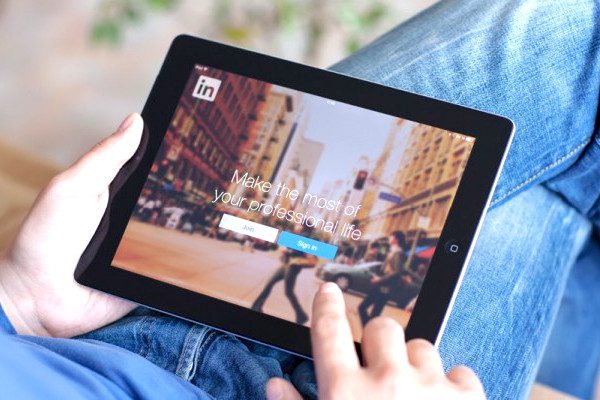Microsoft’s Acquisition Of LinkedIn Becomes No Slam Dunk For Many Analysts

Microsoft is set to acquire LinkedIn for $26 billion in cash in a deal that’s been dubbed “landmark,” but some investors aren’t skeptical. Microsoft has over $100 billion in cash on its balance sheet.
Microsoft hasn’t been afraid to spend big to acquire strategic assets, but LinkedIn is by far its biggest acquisition. Its next largest is Skype, which it purchased for $8.5 billion in 2011. Its track record isn’t great; some of its biggest acquisitions ended in complete failure. Most recently, Microsoft paid $7.2 billion to acquire Nokia’s phone division. That one didn’t turn out so great for investors.
Many analysts see the potential of Microsoft’s latest acquisition, but it’s certainly no slam dunk. Here are three reasons Microsoft’s blockbuster purchase is a bad move.
Microsoft is paying a hefty premium for LinkedIn. The buyout price of $196 per share values the company at 91 times EBITDA over the trailing 12 months. Even if you prefer to look at forward earnings projections, Microsoft is still paying 26 times EBITDA. Comparatively, the company paid 46.7 times EBITDA for Skype and 40.7 times EBITDA for aQuantive — an ad tech company it purchased for $5.5 billion in 2007.
Related Stories: Microsoft And Yammer Acquisition Will Build Social Networking
It’s paying $250 per average monthly visitor, and $60 for each of LinkedIn’s 433 million registered users. Even Facebook didn’t pay that much for WhatsApp, when it bought the messaging app for $19 billion. It paid just $42 for each of its 450 million active users. It’s since grown WhatsApp to over 1 billion users — a milestone LinkedIn is unlikely to reach, at least not anytime soon.
Such a rich valuation makes the purchase all that more risky for Microsoft, which has a poor track record when it comes to big acquisitions. Additionally, it puts the focus on opportunity costs, considering what else Microsoft might have been able to acquire for $26 billion. Granted, this is CEO Satya Nadella’s first giant acquisition, so perhaps he’ll be able to turn Microsoft’s acquisition fortunes around.
Paying a sizable premium wouldn’t be a problem if LinkedIn was profitable. LinkedIn uses a lot of stock-based compensation to pay its employees. That makes its EBITDA look good, but its net income according to generally accepted accounting principles (GAAP) is a different story.
Last year, LinkedIn lost $166 million on $2.99 billion in revenue. At that scale, you’d think LinkedIn would be getting close to profitable. In fact, the opposite is happening. The net loss widened from $16 million in 2014. It was profitable from 2011 to 2013, but increased spending on product development and a lower gross margin led it back into the red.
Related Stories: Microsoft Layoffs Begin Strategic Direction For Company
While those new products spurred revenue growth, LinkedIn’s revenue growth in 2016 is expected to slow by more than 10 percentage points to 24.5%, and to just 19.6% next year. Comparatively, the larger Facebook continues to grow rapidly, with analysts expecting 45.2% revenue growth this year.
Nadella said a key part of the acquisition is “accelerating LinkedIn’s growth” in a memo. If anything, that’s an understatement.
Many analysts are pointing to the potential for LinkedIn to boost Microsoft’s cloud enterprise software and vice versa, but there’s no clear path for how Microsoft will successfully do so. Even CEO Satya Nadella doesn’t seem to have a plan.
Despite all the talk about how the two companies can help each other, Nadella was short on concrete examples in his memo about the acquisition. He added, “I can’t wait to see what our teams dream up when we can begin working together once the deal closes.”
Related Stories: LinkedIn Passwords Get Leaked - Users Asked To Change Them
Coming up with ways to make acquisitions work after the fact hasn’t been Microsoft’s strong suit. Its aQuantive purchase displayed how inept Microsoft is at running an ad business despite its push to grow Bing. It eventually sold some of the aQuantive assets to Facebook. It failed to integrate Nokia’s devices with its mobile software business despite Nadella’s focus on mobile upon taking over the company. Its Yammer acquisition has become an afterthought add-on to Office 365, which adds no real value to the enterprise chat app. That’s why it’s been surpassed by services like Slack.
Without a clear path to create synergies between the two companies, Microsoft may have found itself with another high-priced mistake in the M&A market.
 By:
By: 